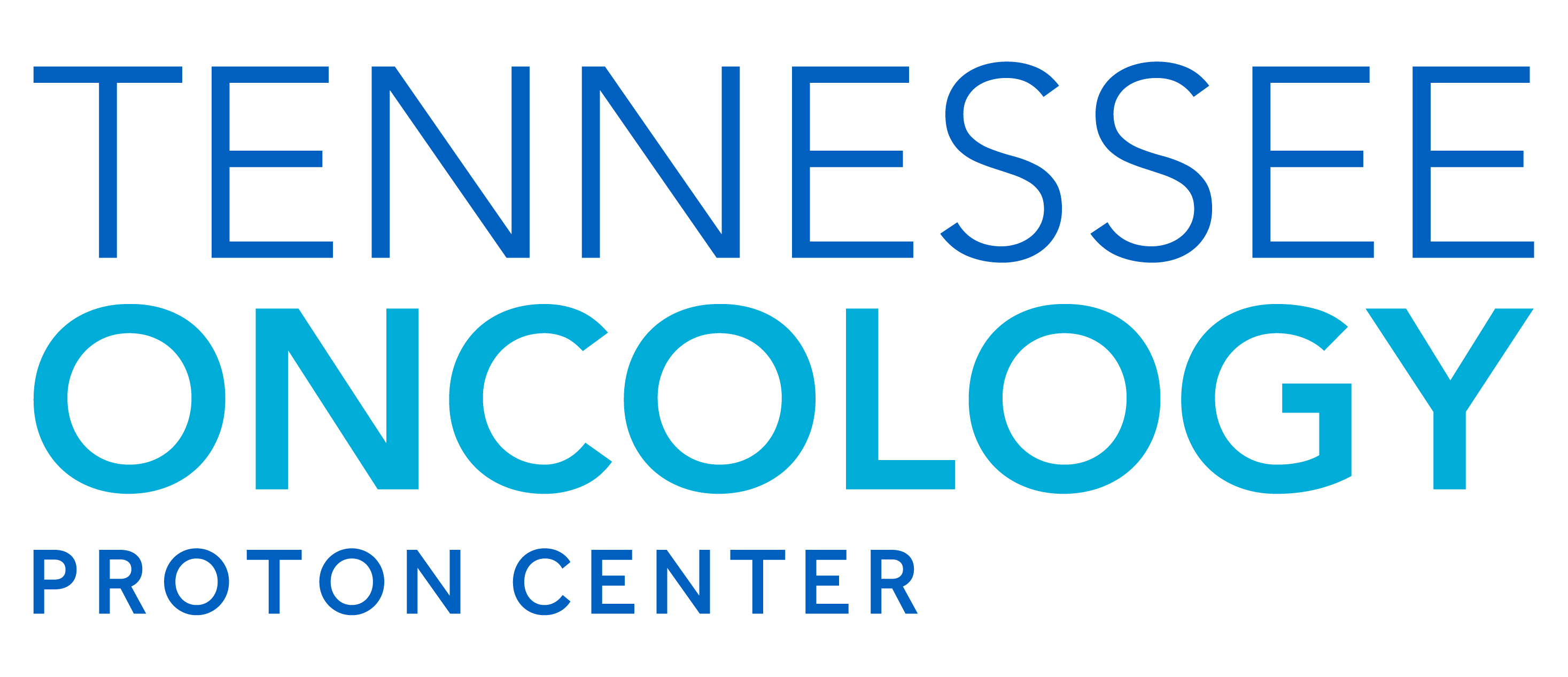Understanding Hypofractionated Proton Therapy: A Precise and Convenient Cancer Treatment Option
Estimated Reading Time: 12 minutes
Key Takeaways
- Fewer Sessions: Hypofractionated proton therapy delivers higher radiation doses per treatment session, significantly reducing the total number of visits required compared to traditional schedules.
- High Precision: It utilizes the unique properties of protons (Bragg Peak) to target tumors precisely, minimizing radiation exposure to surrounding healthy tissues and potentially reducing side effects.
- Patient Convenience: The reduced treatment schedule enhances patient convenience, lessening disruptions to daily life, work, and reducing travel burdens.
- Advanced Alternatives: Techniques like Stereotactic Body Radiation Therapy (SBRT) offer very high doses in even fewer sessions (1-5) for suitable cases, with Proton SBRT leveraging proton precision.
- Future Directions: Experimental FLASH proton therapy aims to deliver radiation ultra-fast, potentially offering even greater tissue sparing, though it requires further research and technological development.
Table of Contents
- What is Proton Therapy and How Does It Work?
- Understanding High-Dose per Fraction Hypofractionated Proton Therapy
- Exploring SBRT and High-Precision Proton SBRT
- Future Advancements: The Potential of FLASH Proton Therapy
- Conclusion: The Promising Role of Hypofractionated Proton Therapy
Understanding Hypofractionated Proton Therapy
Cancer treatment is continuously evolving, offering patients more effective and convenient options than ever before. One such advancement is hypofractionated proton therapy, a cutting-edge radiation therapy technique that delivers higher doses of radiation per session over fewer total sessions. This approach uses the unique properties of proton beams to target cancer cells with remarkable precision, aiming to improve treatment effectiveness while minimizing harm to surrounding healthy tissues. As interest grows among doctors and patients for precise and convenient advanced cancer treatments, understanding hypofractionated proton therapy becomes increasingly important.
This therapy is gaining attention because it might help improve how well treatment works and enhance patients’ quality of life by reducing the number of hospital visits needed. There is a growing demand for cancer care options that are effective, highly targeted, and fit better into patients’ lives. Hypofractionated proton therapy represents a significant step forward in meeting these needs. This blog post aims to provide a clear and detailed look at hypofractionated proton therapy. We will explore what it is, how it compares to other precision radiation therapy methods like Stereotactic Body Radiation Therapy (SBRT) and Proton SBRT, and touch upon exciting future developments like FLASH proton therapy.
What is Proton Therapy and How Does It Work?
Proton therapy is an advanced type of external beam radiation therapy. Instead of using X-rays like traditional radiation, it uses protons, which are tiny, positively charged particles. These protons are aimed directly at the tumor, delivering a powerful dose of radiation to destroy cancer cells. One of the key features of proton therapy is its incredibly high precision.
The way protons release their energy is unique. This is often explained using the concept of the Bragg Peak. Protons travel into the body and release most of their energy precisely at the tumor site, stopping shortly thereafter. This means there is very little radiation dose delivered beyond the tumor. This precise targeting helps protect nearby healthy organs and tissues from radiation exposure.
An exciting area of research within proton therapy is called FLASH proton therapy. This experimental technique involves delivering radiation doses at extremely high speeds, often in less than a second. Early research suggests that FLASH protons might offer even greater protection to normal tissues compared to standard-dose-rate proton therapy. While still under investigation, FLASH proton therapy holds the potential to make treatments even shorter and potentially safer in the future.
Understanding High-Dose per Fraction Hypofractionated Proton Therapy
Hypofractionated proton therapy is a specific way of delivering proton therapy. The term “hypofractionated” means giving higher doses of radiation in each treatment session, or “fraction.” Because each dose is higher, patients need fewer treatment sessions overall to reach the total required radiation dose. This approach modifies the standard treatment schedule to make it more condensed.
Traditional proton therapy, like conventional radiation therapy, usually involves smaller doses of radiation given once a day, five days a week, often for several weeks. While effective, this can mean many trips back and forth to the treatment center. Hypofractionated proton therapy, by using a high-dose per fraction, significantly cuts down the total number of treatments. Instead of maybe 30 or 40 sessions, a patient might only need 5, 15, or 20 sessions, depending on the type and location of the cancer.
This reduced treatment sessions schedule offers several important benefits. Firstly, it means increased convenience for patients. Fewer visits to the hospital or clinic can reduce travel time, costs, and disruption to daily life, work, and family responsibilities. This can significantly improve a patient’s overall treatment experience and quality of life.
Secondly, from a healthcare system perspective, treating patients in fewer sessions can potentially lead to cost reductions. It allows treatment centers to manage resources more efficiently and possibly treat more patients with the available equipment. This improved accessibility is important, especially as the number of specialized proton therapy centers is still limited worldwide.
Studies suggest that for certain types of cancer, hypofractionated proton therapy can be just as effective, or sometimes even more effective, at controlling tumors compared to traditional, longer schedules. Research has shown promising results, particularly for treating prostate cancer, lung cancer, and liver cancer. Clinical evidence gathered so far indicates that this approach is generally well-tolerated by patients, meaning side effects are often manageable and comparable to longer treatment courses. The precision of proton therapy helps ensure that even with higher doses per session, the impact on surrounding healthy tissue is minimized.
(Sources: Clinical Applications of Hypofractionated Proton Therapy – NIH, Prostate Cancer Therapy Advances – MD Anderson Proton Center)
Exploring SBRT and High-Precision Proton SBRT
Stereotactic Body Radiation Therapy, often shortened to SBRT, is another form of high-precision radiation therapy. It is a non-invasive technique that delivers very high doses of radiation to a very precise target area within the body, usually in just two to five treatment sessions. SBRT relies heavily on advanced imaging techniques (like CT scans or MRIs) taken before and sometimes during treatment to pinpoint the exact location of the tumor. Sophisticated computer systems and specialized delivery machines are used to aim the radiation beams with extreme accuracy.
SBRT is most commonly used to treat small, well-defined tumors that haven’t spread widely. It has proven effective for certain types of tumors in the lungs, liver, spine, brain, and other organs. Because it delivers such high doses quickly, it can be effective at destroying tumor cells in these specific situations. Traditionally, SBRT uses photon (X-ray) beams.
Building on this concept, Proton SBRT combines the principles of SBRT—high doses in few sessions—with the physical advantages of proton therapy. By using protons instead of photons, Proton SBRT aims to deliver the powerful, targeted SBRT dose while potentially providing even better protection for the surrounding healthy tissues. This is due to the Bragg Peak effect of protons, which minimizes the “exit dose” – the radiation that passes beyond the tumor.
When comparing Proton SBRT to hypofractionated proton therapy, there are similarities and differences. Both involve delivering high doses of radiation over a significantly shorter number of sessions compared to traditional schedules. However, SBRT (including Proton SBRT) typically refers to regimens completed in five sessions or fewer, often targeting smaller lesions. Hypofractionated proton therapy can sometimes involve slightly more sessions (e.g., 15-20) but still represents a reduction from conventional schedules. The choice between standard hypofractionated proton therapy and Proton SBRT often depends on the specific characteristics of the tumor, such as its size and location, as well as the overall treatment goals determined by the oncology team. Proton SBRT may offer an edge in situations where maximizing tissue sparing is absolutely critical due to the tumor’s proximity to sensitive organs.
(Source: Understanding SBRT – NIH)
Patient Convenience and Precision: Advantages of Hypofractionated Proton Therapy
Hypofractionated proton therapy offers several compelling advantages that make it an attractive option for many patients and healthcare providers. These benefits center around its enhanced treatment precision, improved patient convenience, and potential efficiencies.
First and foremost is the enhanced precision. Proton therapy itself is known for its ability to target tumors very accurately while minimizing radiation to surrounding healthy tissues. This precision is maintained, and potentially even more critical, when delivering higher doses per session as done in hypofractionated proton therapy. The goal is always to maximize the dose to the cancer cells while protecting nearby organs and reducing the risk of side effects, both short-term and long-term.
A major benefit for patients is the significant reduction in the number of treatment sessions. Instead of daily visits for six to eight weeks, a course of hypofractionated proton therapy might be completed in just a few weeks, or sometimes even less. This increased patient convenience is a huge plus. Fewer trips to the treatment center mean less disruption to work schedules, family life, and daily routines. It can also reduce the burden of travel, especially for patients who live far from a proton therapy facility. This convenience can lead to better patient adherence to the treatment plan and an overall improved quality of life during therapy.
From a healthcare system perspective, treating patients more quickly can lead to potential cost savings and better utilization of resources. Although proton therapy facilities are expensive to build and operate, using hypofractionated schedules allows centers to treat more patients with the same equipment over a given period. This increased efficiency might help improve access to this advanced technology for more patients who could benefit from it.
(Sources: Study on Treatment Outcomes – ASCO, Hypofractionated Proton Therapy Review – NIH)
Future Advancements: The Potential of FLASH Proton Therapy
The field of radiation oncology is constantly seeking ways to improve treatment effectiveness while minimizing harm to healthy tissues. One of the most exciting future advancements currently being investigated is FLASH proton therapy. This innovative technique represents a potential leap forward in how radiation is delivered.
FLASH proton therapy is defined by its delivery of radiation at ultra-high dose rates—orders of magnitude faster than conventional radiation therapy. Instead of delivering the dose over minutes, FLASH therapy aims to deliver it in milliseconds, essentially in the “blink of an eye.” The underlying concept being explored is known as the FLASH effect.
The primary potential advantage of FLASH protons lies in this FLASH effect. Early preclinical studies (research done in labs and animal models) have suggested that delivering radiation at these ultra-high speeds may significantly spare surrounding normal tissues from damage compared to the same dose delivered at conventional rates. At the same time, the anti-cancer effect on the tumor seems to be maintained. If proven effective and safe in humans, this could mean fewer side effects for patients undergoing radiation therapy.
Another potential benefit of FLASH proton therapy is the drastic reduction in treatment time per session. Delivering a fraction’s dose in less than a second could make treatments incredibly fast, reducing the chances of patient movement during treatment and potentially making the experience much more comfortable. This speed could also increase the efficiency of treatment centers even further.
However, it’s important to emphasize that FLASH proton therapy is still largely experimental. Currently, extensive research is underway, including preclinical studies and the first cautious clinical trials in humans, to fully understand how it works, confirm its safety and effectiveness, and determine which patients might benefit most. Significant technological advancements are also required. Existing proton therapy machines need modifications or entirely new designs capable of consistently and accurately delivering these ultra-high dose rates. Sophisticated treatment planning and monitoring systems must also be developed to ensure precise delivery.
There is also interest in exploring how FLASH protons could potentially be combined with hypofractionated schedules. Delivering high doses per fraction at FLASH speeds might offer synergistic benefits, maximizing both convenience and tissue sparing. While still on the horizon, FLASH proton therapy represents a highly promising area of research that could potentially revolutionize radiation oncology and further improve outcomes for cancer patients in the future.
Conclusion: The Promising Role of Hypofractionated Proton Therapy
In summary, hypofractionated proton therapy stands out as a significant advancement in the ongoing evolution of cancer treatment. By delivering higher radiation doses per session over fewer total treatments, it offers notable advantages in terms of treatment precision, patient convenience, and potential effectiveness for various cancers, such as prostate, lung, and liver cancer. Its ability to harness the physical properties of protons allows for highly targeted radiation delivery, aiming to minimize damage to surrounding healthy tissues.
When compared to traditional proton therapy, hypofractionated proton therapy provides a much shorter treatment duration, improving quality of life for patients. While SBRT and Proton SBRT offer extremely short courses (1-5 sessions), hypofractionated proton therapy provides a balance of shortened schedules and applicability to a range of tumor situations.
Looking ahead, the future of proton therapy appears bright, with exciting innovations like FLASH proton therapy under investigation. These advancements in cancer treatment hold the potential to further enhance the benefits of radiation therapy, possibly making treatments even faster, safer, and more effective.
Ultimately, the choice of cancer treatment is a highly personal one. If you or a loved one are considering radiation therapy options, it is essential to have detailed discussions with your oncology team. They can explain the potential benefits and risks of different approaches, including hypofractionated proton therapy, based on your specific diagnosis and individual needs, helping you make the most informed decision for your care.





